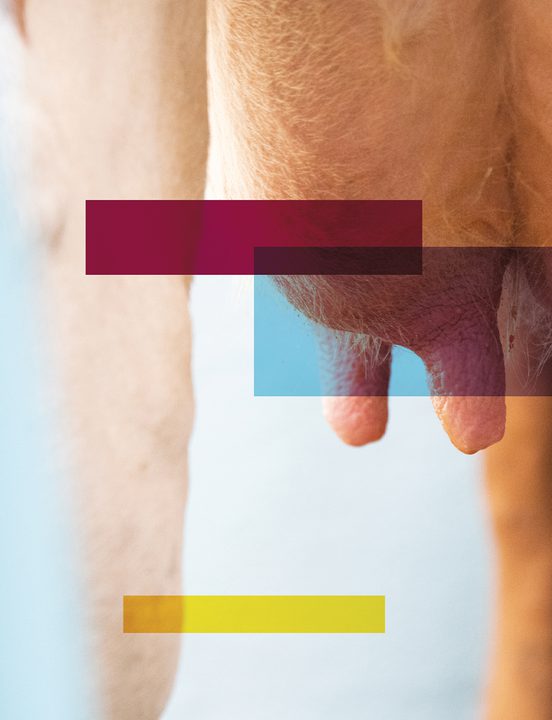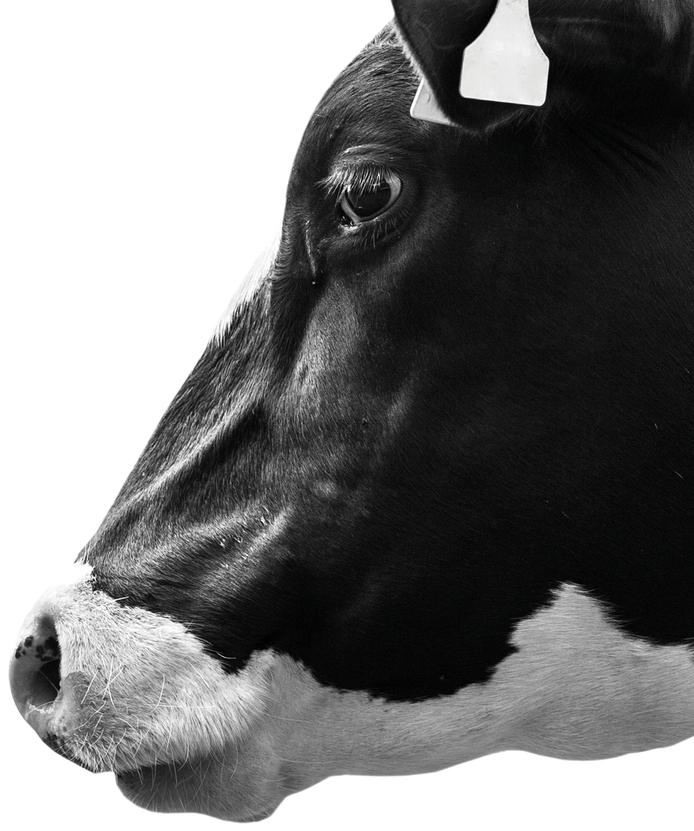Selective Dry Cow Therapy
Learn More
What is Selective Dry Cow Therapy?
Selective dry cow therapy (SDCT) is now widely practiced in many dairy herds.
SDCT moves away from blanket use of antibiotics in all cows at drying off to targeted treatment of only those cows with evidence of udder infection.
Individual cow cell count results provide an essential part of the evidence to select cows for treatment.
What Are The Benefits
- Cows with healthy udders don’t need antibiotic treatment.
- Selecting only those cows that have high cell counts or a history of mastitis for treatment will reduce overall antibiotic use.
- Not treating cows with healthy udders can also reduce their risk of mastitis in the next lactation.
What's Involved?
The easiest way to get individual cow cell count data is with monthly milk recording. This gives a complete lactation record for each cow. This provides the best evidence about the health status of the udder to use for making decisions on which cows to treat.
Herds should record all mastitis cases – which cows and which quarters are affected and the treatment dates. This can be done on most farm software packages, or they can be recorded in the NMR herd diary.
The cell count and mastitis records should be reviewed with your vet to stay on top of herd health and milk quality.
Frequently Asked Questions
The best way to get individual cell count results is through monthly milk recording. This gives you the best picture of udder health for each cow over their lactation. You can also get cell count results from ad-hoc samples. Generally, decisions about SDCT are made at drying off, so getting a cell count close to dry off will help support the decision to treat. It’s best to discuss this with your vet to make sure the right cows are sampled at the right time.
The Selective Dry Cow Tool from National Milk Laboratories brings together data on Bulk Milk Somatic Cell Count (BMSCC), Individual Cow Somatic Cell Count (ICSCC) and clinical mastitis records at the herd level. All producers can access the tool via their Herd Companion login.
As well as bulk tank cell counts for the previous 12 months, if you are recording with NMR, you will have a summary of the results from individual cow SCC data. For example, the tool will show you the proportion of cows in your herd that never recorded a cell count over 200,000 in their last lactation. The tool includes a summary of mastitis cases (make sure you record them) and the results from quarterly bulk tank pathogen testing. Use the report to discuss SDCT with your vet.
You can also subscribe to include quarterly testing of the bulk milk sample for mastitis related organisms. This can help to build a picture of the organisms present in the herd and can be useful to spot increases in infection levels or possibly the introduction of new organisms into the herd.
Yes. NMR recorded farms will have access to individual cow data through Herd Companion 'iReports'. The best way to view this data is through the 'Due to Dry' action list. This list, which can be easily filtered and sorted, will present a list of cows approaching their dry off period. By default, it includes the most recent three ICSCC recordings, the number of high recordings in the lactation and a count of recorded mastitis cases.
If you would like to sign up for the SDCT tool, then please contact us either by phone, email or the contact us form below:
Once we have your results, they will be available on Herd Companion and will be emailed to you directly. We also recommend that you provide us with your vet’s contact details so that we can send them a copy. Veterinary advice is essential when considering selective dry cow therapy.

